What is the dry/damp cleaning rule? Pros say this 'simple and effective cleaning method' is the key to dazzling, dust-free surfaces
It will save you time and effort, too
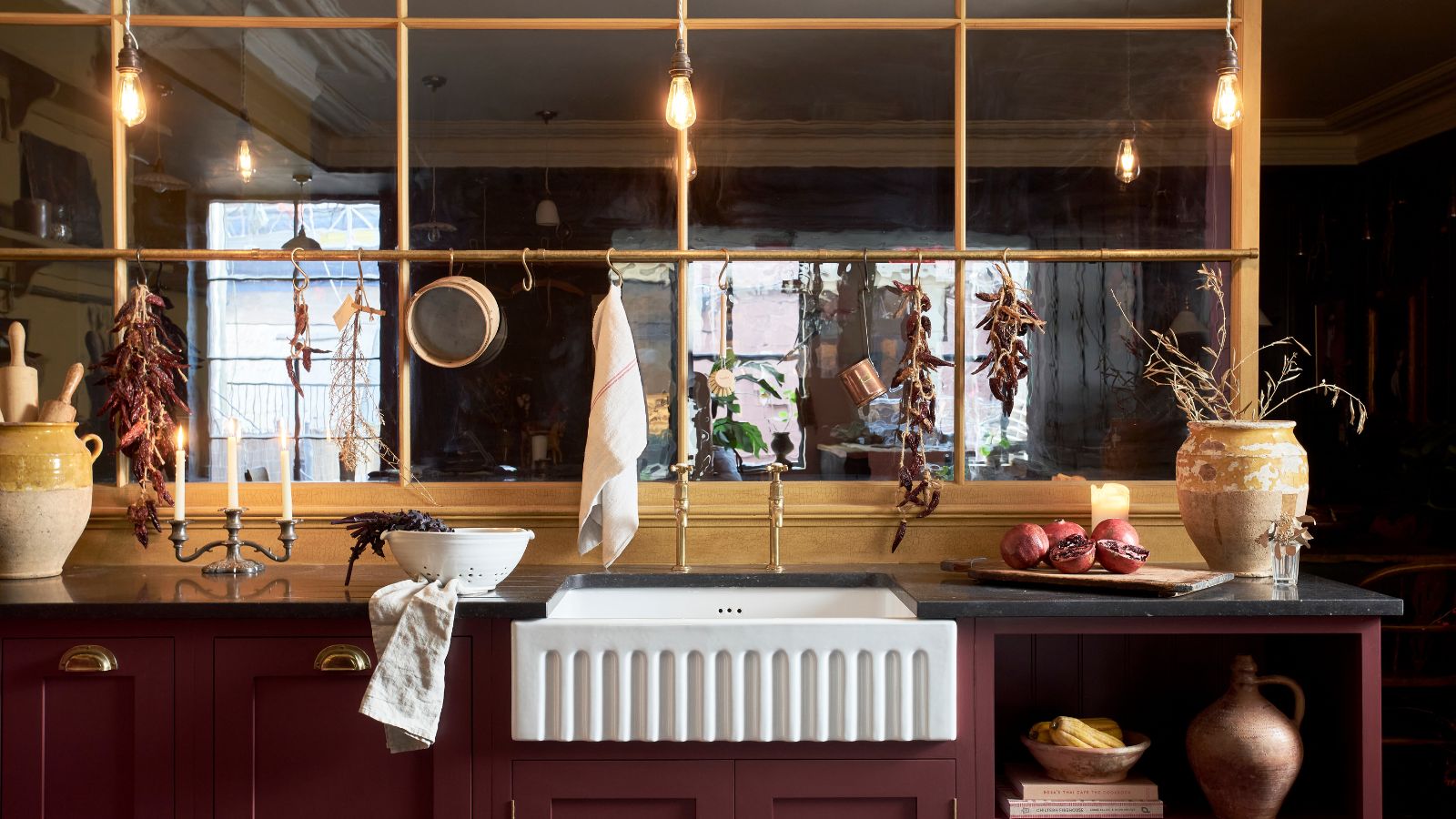

When you're trying to clean your surfaces, it's pretty annoying to see dust creeping back, cling to moisture before you've even finished the job.
All too often, this leads to smudges and streaks, and leaves a lackluster cleaning finish. Frustrating as this is, you may be wondering if it can be avoided – and the dry/damp cleaning rule is your answer.
Here, cleaning experts share their cleaning tips for busting dust and getting rid of grime with this foolproof method, and detail how to use it for maximum success.
What is the dry/damp cleaning rule?
If you've ever tried to dust a slightly damp surface, you'll know how difficult moisture makes it to successfully remove dust, dirt and debris properly. This is where the dry/damp cleaning rule comes in handy, says Karina Toner, cleaning expert and operations manager at Spekless.
She explains, 'The dry/damp cleaning rule is a simple and effective cleaning method that dictates using dry cleaning techniques first, such as dusting or sweeping, before introducing any damp cleaning, like mopping or wiping with a wet cloth.
'This ensures that loose dirt, dust, and debris are removed before moisture is added, preventing grime from turning into a sticky residue that's harder to clean,' and swerving any dusting mistakes to avoid.
The result? Perfectly clean and polished surfaces, without streaks, smudges or dust. The one exception to this rule is when using a damp duster, which actually harnesses dampness to trap dust in deep grooves.
All prices correct at time of publication.
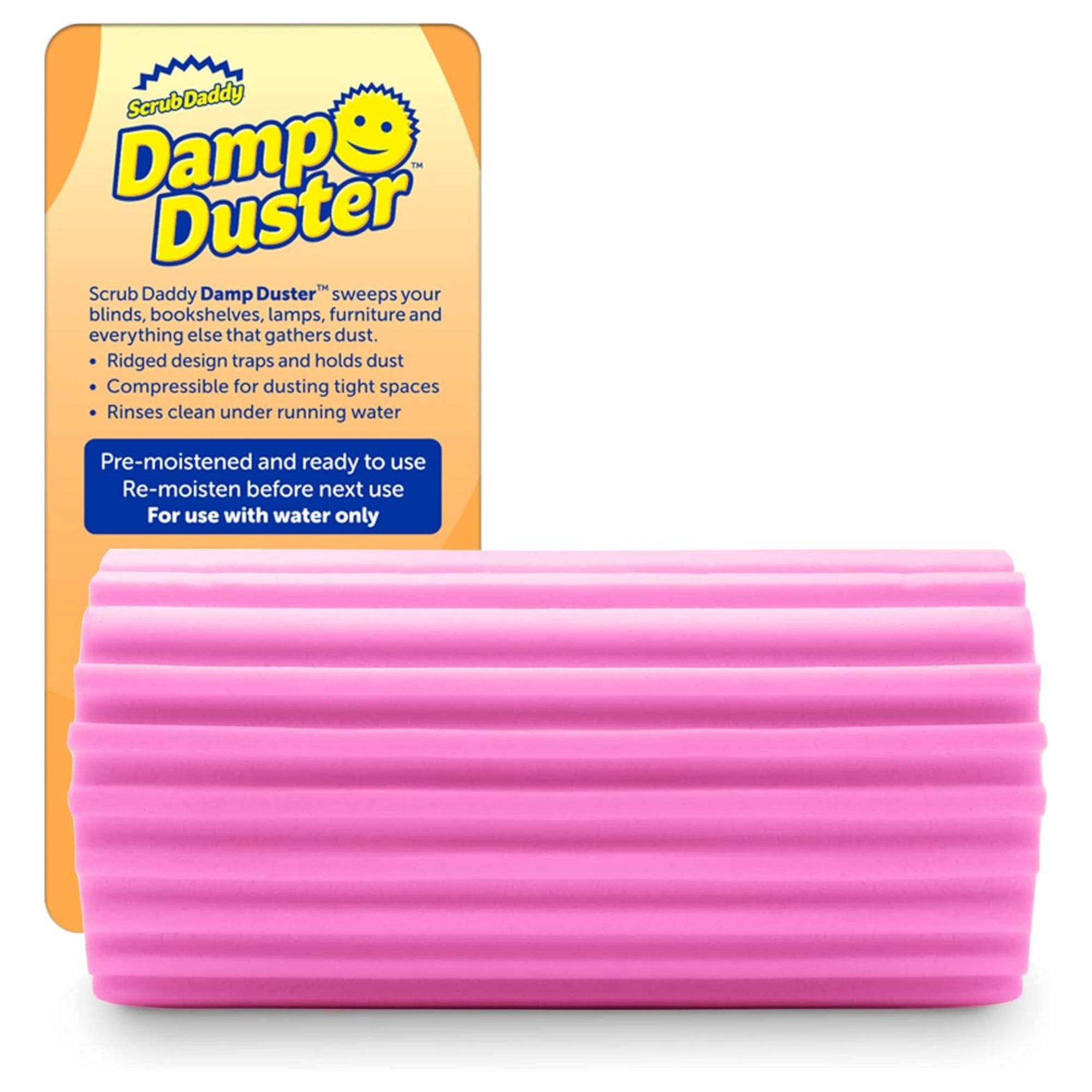
Unlike traditional cleaning products or homemade cleaning sprays, this innovative sponge needs only water to trap dust in one swipe. It's also durable, washable, and reusable to help you be more sustainable at home.
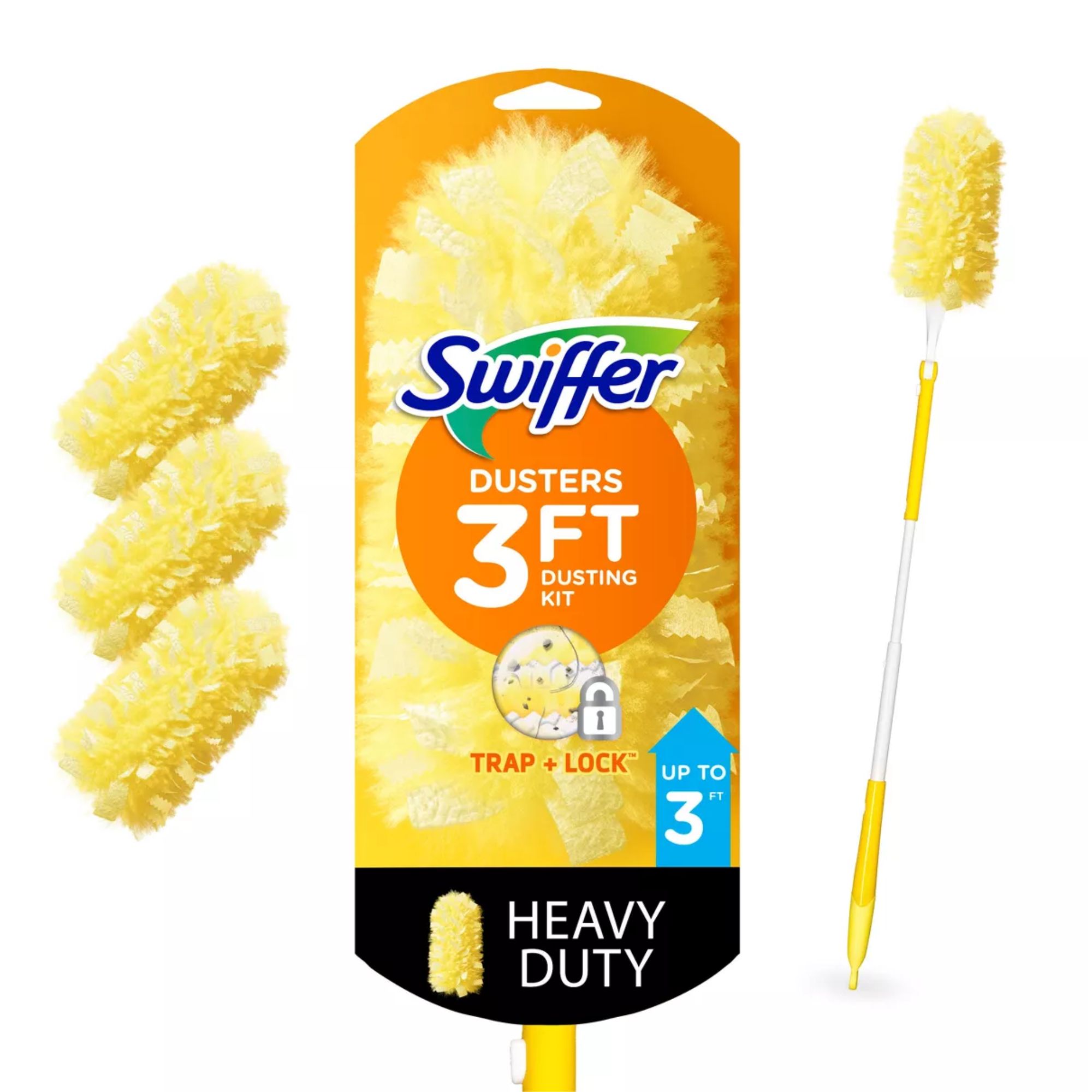
These heavy duty dusters trap and lock dust to remove 95% of common allergens, ideal for removing dust before following up with a damp cloth. The 3 ft extendable handle makes it easy to tackle hard-to-reach areas, with 360 degrees of effective fibers.
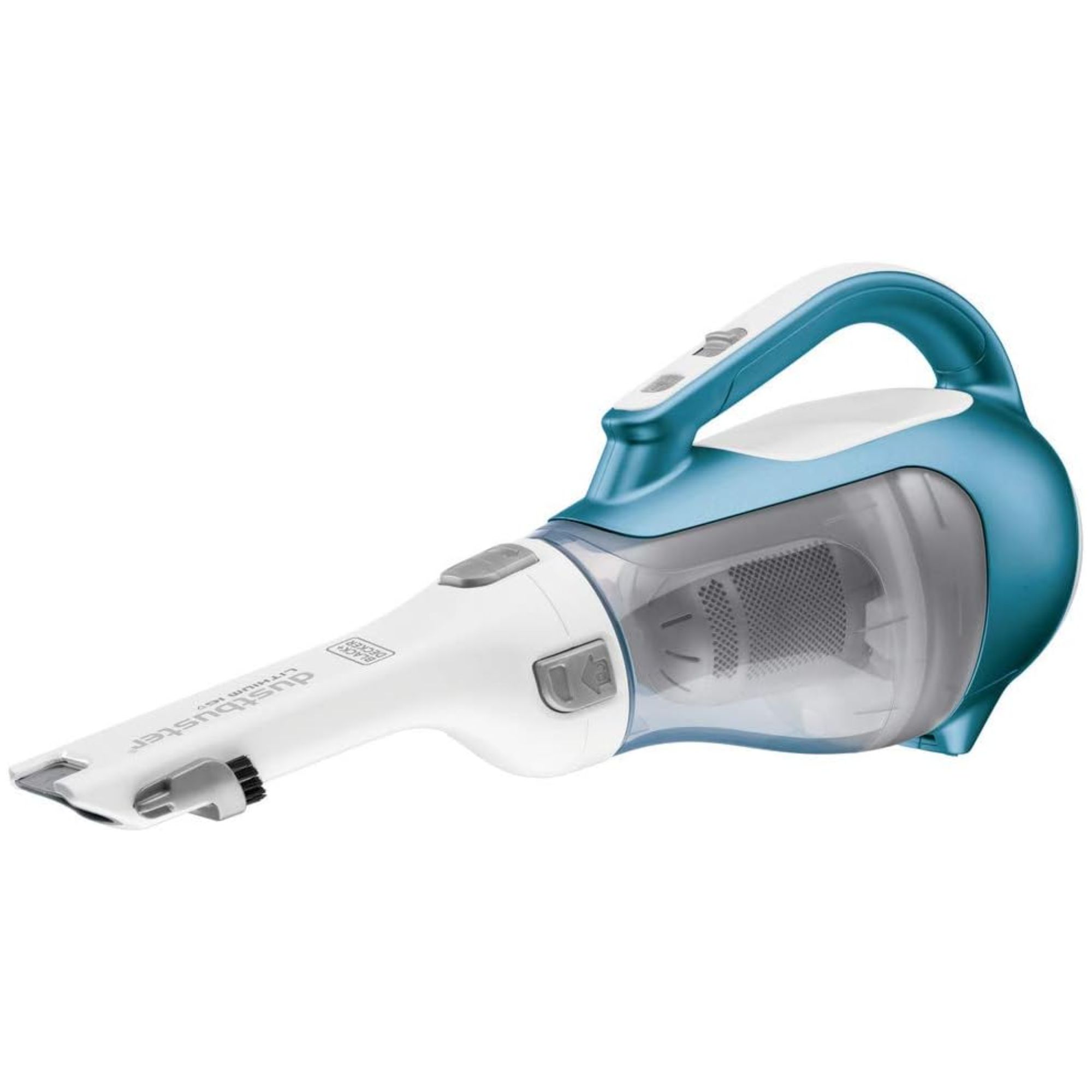
This handheld vacuum proves cordless doesn't have to mean expensive, with over 70,000 5* reviews. It features a handy pull-out crevice tool and flip-up brush for tackling all areas and surfaces, with strong suction power.
Where to use the dry/damp cleaning rule in your home

Like all the very best cleaning trends, the dry/damp cleaning rule can actually be used almost anywhere around the home. As Vanessa Bossart, owner of GreenTerra Cleaning Service, says, 'It's incredibly versatile.'
For example, when mopping floors the right way, a quick sweep with an effective broom, such as bestselling Libman Precision Angle Broom and Dust Pan available at Walmart, or vacuum before mopping helps to avoid muddy streaks and staining.
This same principle can then be applied to different areas all around the house, whether you're dusting open shelves, cleaning a mirror without streaks, or removing common stains from kitchen countertops.
The frequency of use of this method will depend on where exactly you are cleaning, as high-traffic areas should be prioritized when creating an achievable cleaning routine you'll actually find yourself sticking to.
The main thing to keep in mind, says Bossart, is to always use separate dry and damp cloths or cleaning tools to avoid cross-contamination. You might want to consider color-coded cleaning for this reason, too.
Additionally, always work from top to bottom when tackling an area, to prevent dust and debris falling over recently cleaned surfaces and undoing your hard work.
Our pros picks for dry/damp cleaning
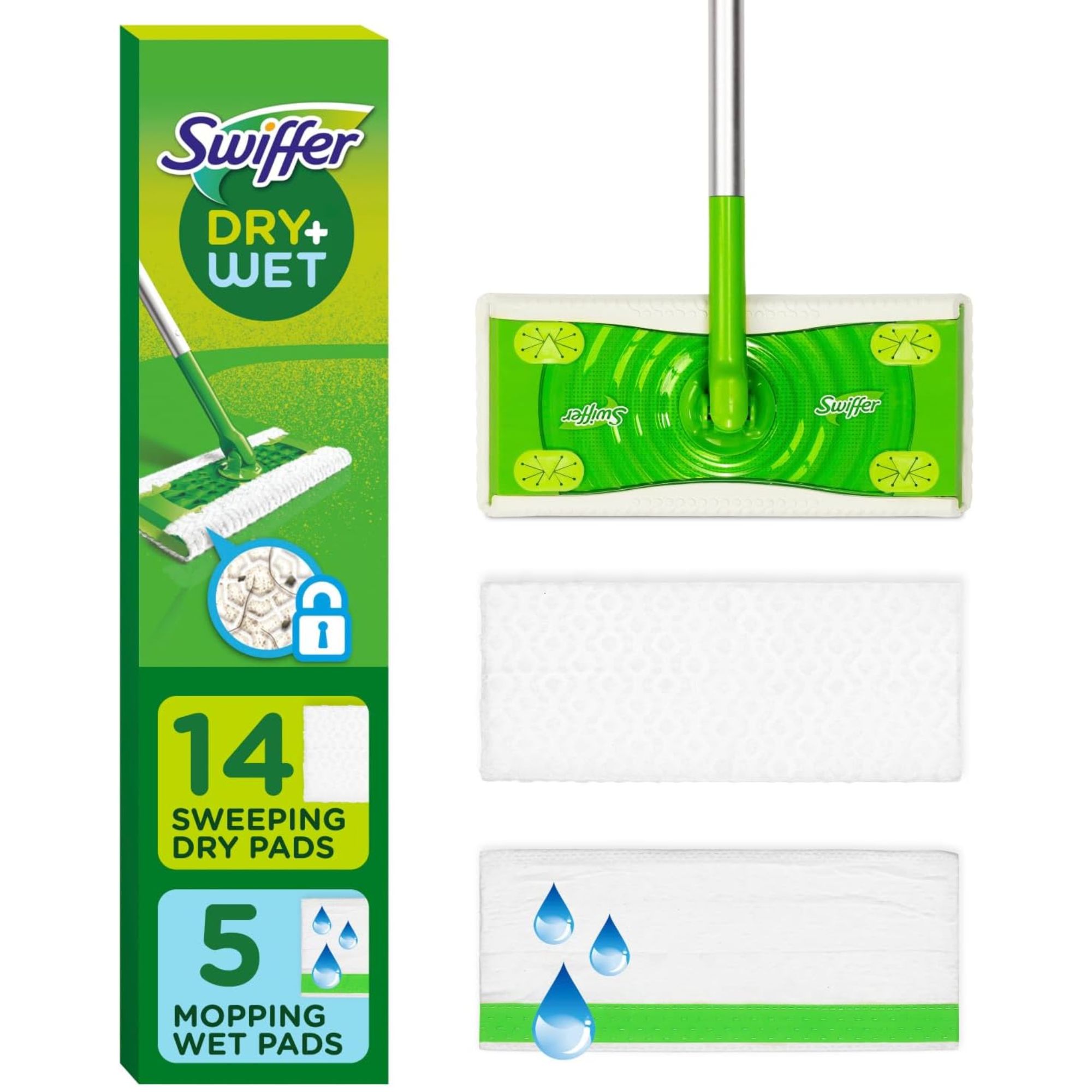
'This is great for dry sweeping and transitioning to damp cleaning in one tool,' says cleaner Karina Toner. It's ideal for effective cleaning and storing in small spaces.
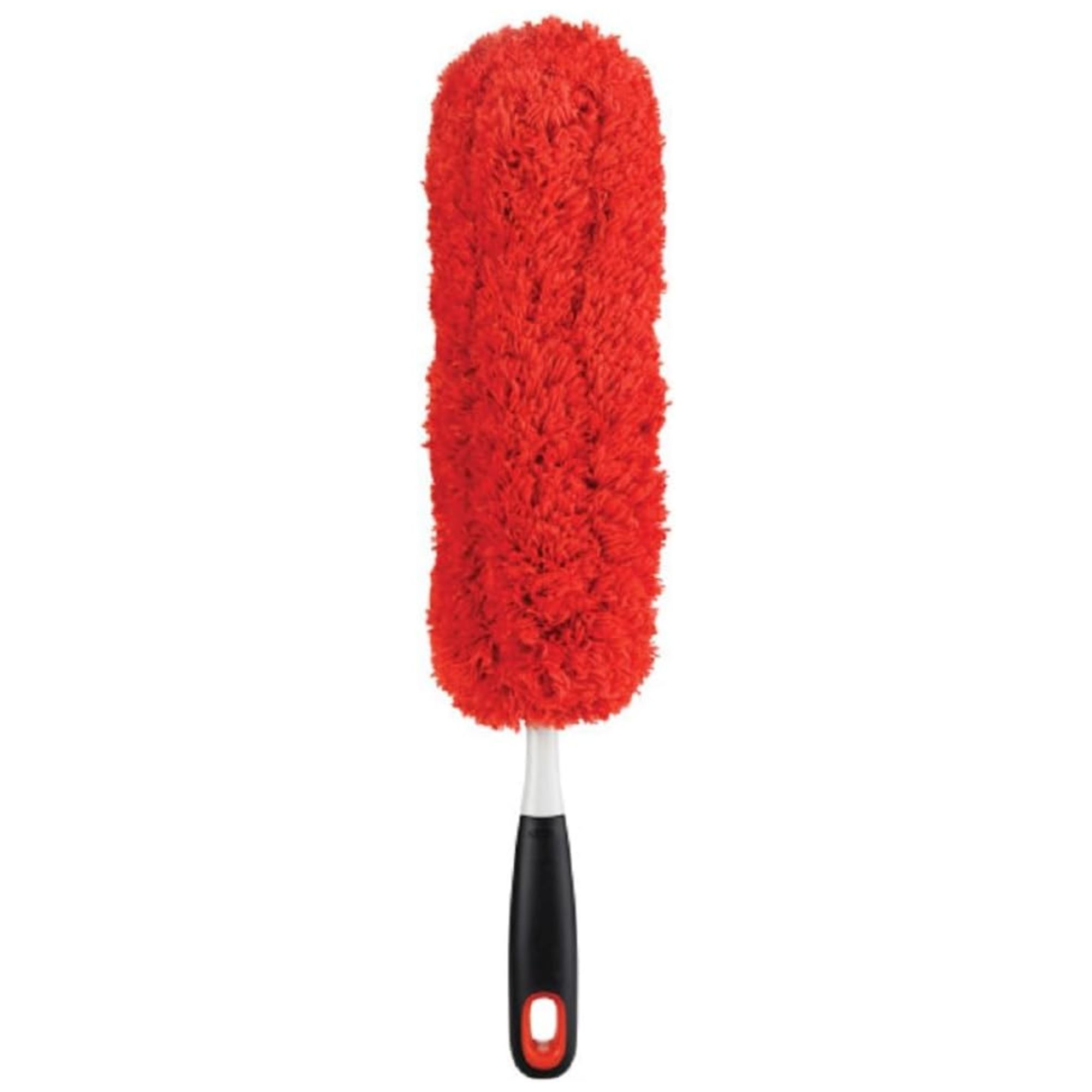
With a slim profile to squeeze between surfaces and into tight spaces, 'this is perfect for capturing dust without scattering it,' says Toner.
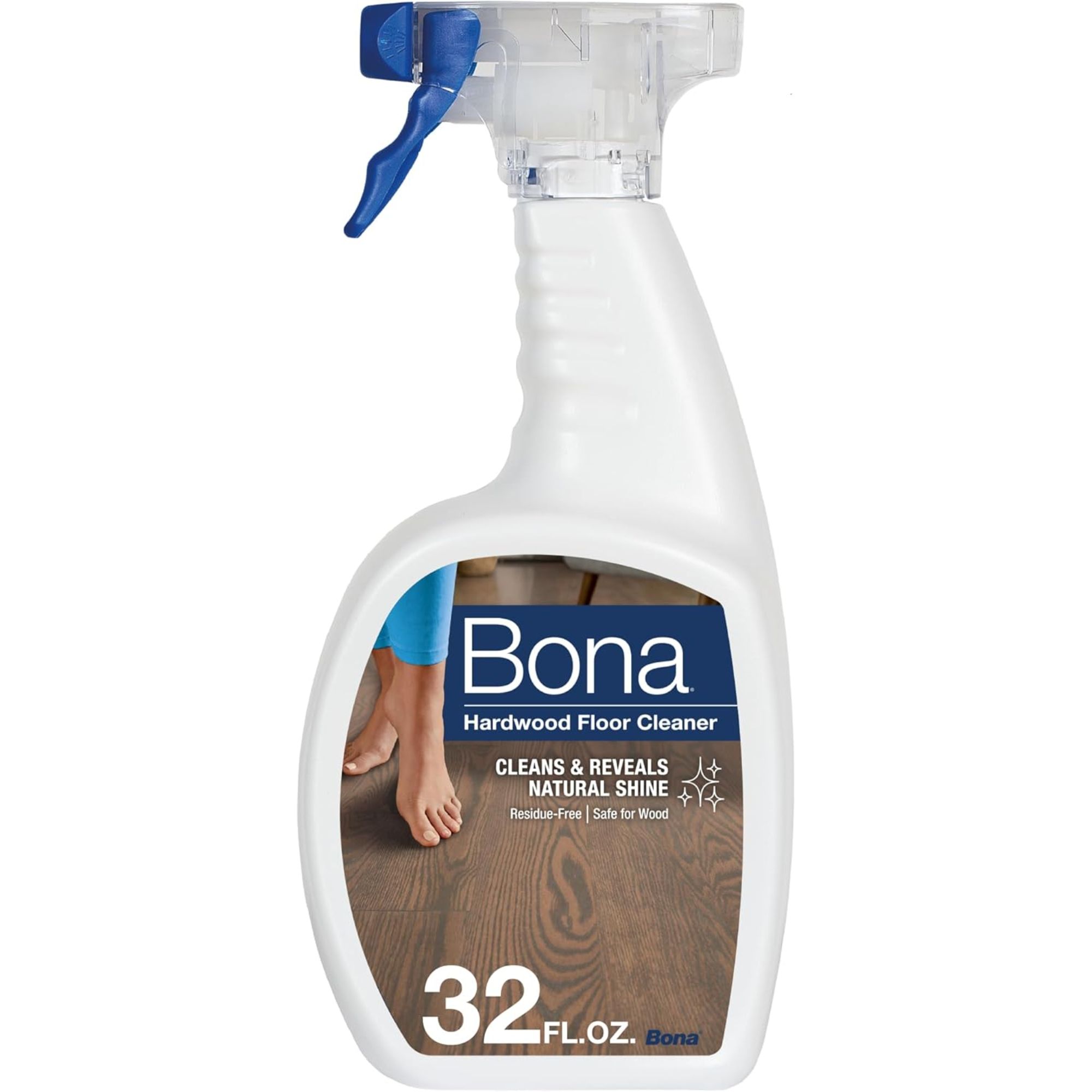
'This is safe and effective for damp mopping hardwood floors,' says Bossart, formulated without parabens, phthalates and other harmful chemicals, dyes or scents.
FAQs
Can I dust with a damp cloth?
If you're just dusting, and not cleaning afterwards, dusting with a damp cloth is a good way to trap dust and stop it from becoming airborne. However, the type of cloth you use matters. Opting for a microfiber type, such as the Scotch-Brite 3-in-1 Microfiber Cleaning Cloth available at Target will ensure dust is lifted, rather than spread, when used wet or dry, and is a reliable cleaning tip for allergy sufferers.
Should you dust or clean first?
As the dry/damp rule indicates, you should always dust first before getting started on cleaning. This is to prevent dust particles from settling onto newly cleaned surfaces, and the same applies for dusting first before vacuuming.
If you're struggling to determine the reasons your home gets dusty quickly, our expert-lead guide details the simplest ways to reduce build-up.
Sign up to the Homes & Gardens newsletter
Design expertise in your inbox – from inspiring decorating ideas and beautiful celebrity homes to practical gardening advice and shopping round-ups.

Ottilie joined Homes & Gardens last year, after finishing a Master's in Magazine Journalism at City, University of London. With previous contributions in Livingetc and Motorsport Magazine, she produces content for the Solved section on the website, focusing on clever tips and tricks to keep your home beautiful, organized and clean. She also has a Master's degree in English Literature and History of Art from the University of Edinburgh, where she developed a love for inspiring interiors and architecture.
You must confirm your public display name before commenting
Please logout and then login again, you will then be prompted to enter your display name.
-
 I just found the perfect mid-century-style chair – it's the most stylish piece I've seen by Martha Stewart (and miraculously under $330)
I just found the perfect mid-century-style chair – it's the most stylish piece I've seen by Martha Stewart (and miraculously under $330)I fell in love with this accent chair even before I realized it carries Martha Stewart's name – it's the most unmissable deal on the internet right now
-
 I’ve saved money by swapping pungent commercial window cleaner sprays for this gentle, effective and luxury-smelling DIY recipe
I’ve saved money by swapping pungent commercial window cleaner sprays for this gentle, effective and luxury-smelling DIY recipeYou don’t even need vinegar
-
 I’ve saved money by swapping pungent commercial window cleaner sprays for this gentle, effective and luxury-smelling DIY recipe
I’ve saved money by swapping pungent commercial window cleaner sprays for this gentle, effective and luxury-smelling DIY recipeYou don’t even need vinegar
-
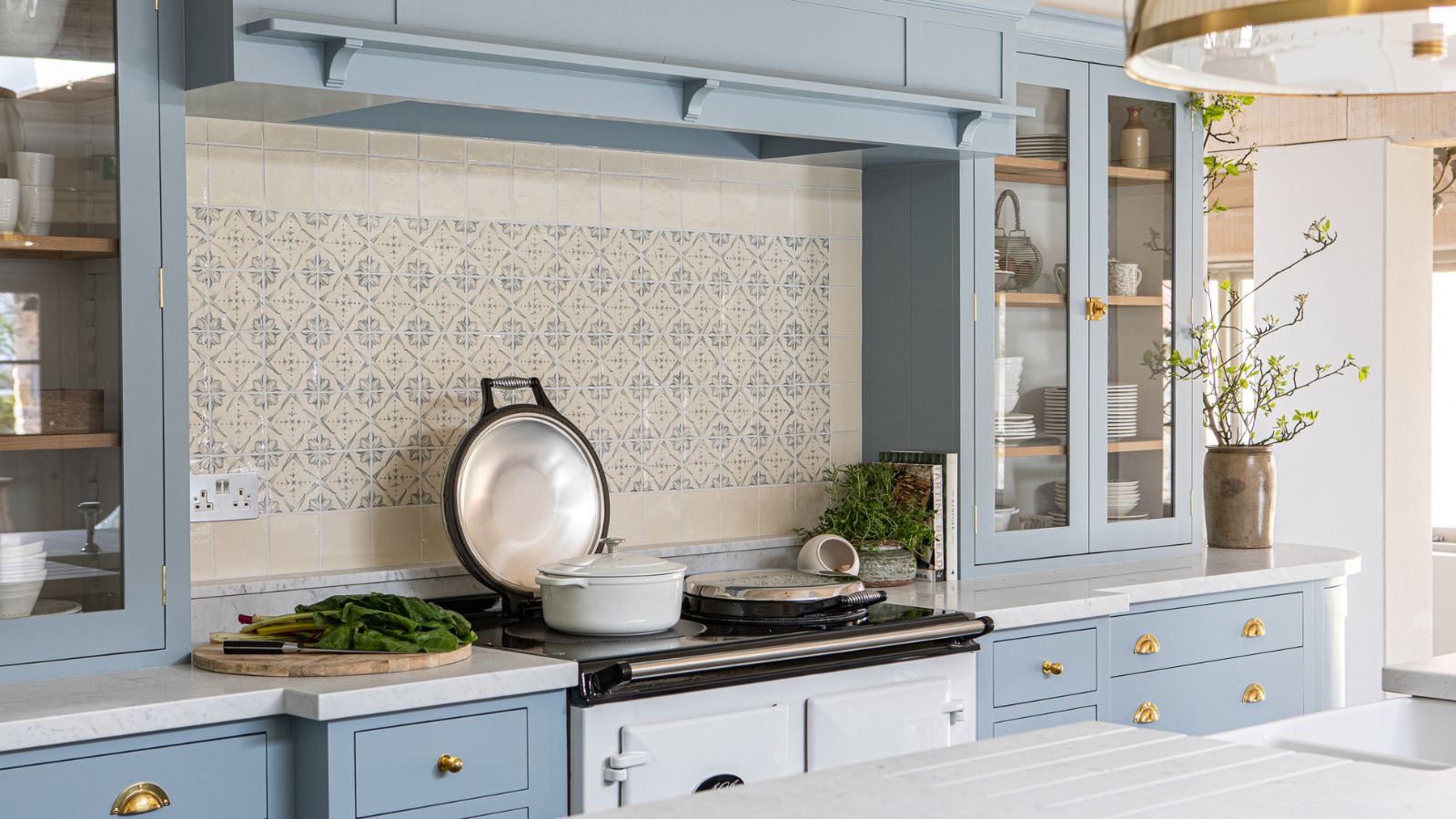 Professional cleaners say this one 'powerful' tool is the surprisingly simple answer to serial chore procrastination
Professional cleaners say this one 'powerful' tool is the surprisingly simple answer to serial chore procrastinationA mood board is a simple way to 'reframe cleaning as something satisfying'
-
 5 seasonal items you should always clean before storing – cleaning experts reveal it's crucial for preventing mold, musty odors, and pests
5 seasonal items you should always clean before storing – cleaning experts reveal it's crucial for preventing mold, musty odors, and pestsIt’s a must to keep them safe, experts warn
-
 'It's a luxury' that delivers hotel appeal at home, but do you really need to iron bed sheets?
'It's a luxury' that delivers hotel appeal at home, but do you really need to iron bed sheets?Laundry experts reveal when it's a good idea, and when it's not worth the effort
-
 I've romanticized cleaning, and my tedious chores are easier than ever – 5 ways to turn loathed housework into 'meditation'
I've romanticized cleaning, and my tedious chores are easier than ever – 5 ways to turn loathed housework into 'meditation'Banish dread by turning cleaning into a moment for wellness
-
 Experts reveal why tackling 'non-preferred tasks' is the key to removing annoying chore blockers at home
Experts reveal why tackling 'non-preferred tasks' is the key to removing annoying chore blockers at homeProfessional home organizers say it's a game-changer, especially if you have ADHD
-
 This $4 natural pantry staple easily cuts through stubborn kitchen hood grease – cleaning experts reveal the dangerous hazard it will stave off
This $4 natural pantry staple easily cuts through stubborn kitchen hood grease – cleaning experts reveal the dangerous hazard it will stave offIts potential reaches far beyond baking, experts say
-
 Bar soap vs. liquid soap – cleaning experts reckon there is only room for one in this soap showdown
Bar soap vs. liquid soap – cleaning experts reckon there is only room for one in this soap showdownIn the showdown of the suds, only one kind of soap comes out on top